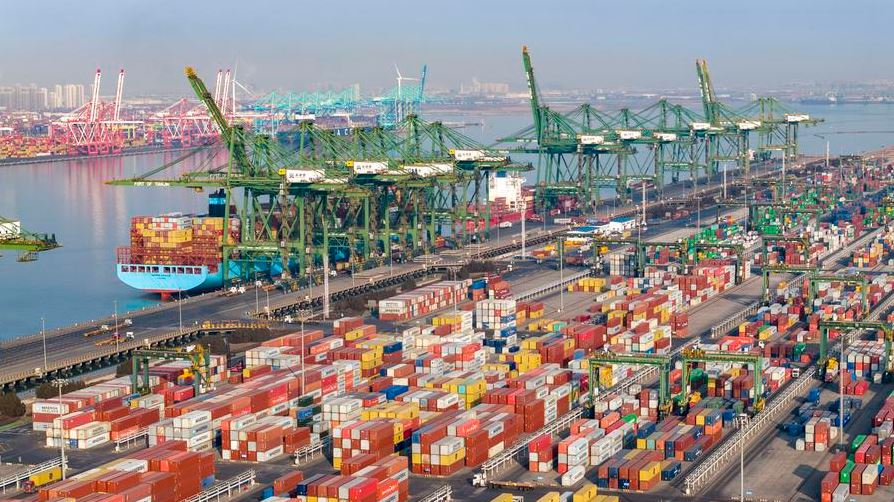- Beijing-Tianjin-Hebei Region Records Around $356.9 billion U.S. dollars Foreign Trade
- In 2014, China initiated the Jing-Jin-Ji strategy of coordinating the development of the national capital of Beijing and neighboring Tianjin Municipality and Hebei Province to create a model with a better economic structure, a cleaner environment, and improved public services.
By: Muhammad Arif, Editor NSN.Asia
BEIJING: New area called, Beijing-Tianjin-Hebei region recoded a historic high foreign trade around $356.9 billion U.S. dollars in the in the first half of 2024, according to reports issued by the statistics bureaus of China on Tuesday.
The region saw its foreign trade increase by 4.6 percent year on year to 2.54 trillion yuan (around 356.9 billion U.S. dollars) in the first six months of this year, up 4.6 percent year on year.
Of the total, exports rose 6.4 percent year on year to 673.87 billion yuan, while imports reached 1.87 trillion yuan, up 3.9 percent year on year. The region’s foreign trade accounted for 12 percent of the country’s total in the period.
The capital city, Beijing, in particular, registered a total foreign trade of 1.83 trillion yuan during the period, accounting for 72 percent of the region’s total.
In the first half of 2024, the emerging industries continued to drive the region’s export growth . During the same period, exports of the new generation of information technology, medicine and health, aerospace and automotive industries increased by 18.3 percent, 16 percent, 17.3 percent and 54.6 percent, respectively, year on year.
In 2014, China initiated the Jing-Jin-Ji strategy of coordinating the development of the national capital of Beijing and neighboring Tianjin Municipality and Hebei Province to create a model with a better economic structure, a cleaner environment, and improved public services.
Beijing-Tianjin-Hebei development plan, in Chinese language is known as Jing-Jin-Ji, is an integrated industrial project that aims to foster the growth of a world-class and evenly developed industrial ecosystem in three industrial hubs; Beijing-Tianjin-Hebei.
Since the implementation of this Jing-Jin-Ji project, Beijing has resettled 3,000 manufacturing enterprises, and relocated or upgraded nearly 1,000 markets and logistics centers.
Chinese authorities have said that several universities have begun building new campuses in Xiong’an New Area of Hebei Province.The Jing-Jin-Ji coordinated development strategy also aims to bridge the development gap between Beijing, Tianjin and Hebei.
Over the past 10 years, enterprises in Beijing’s Zhongguancun area, known as “China’s Silicon Valley,” have established more than 10,000 branches in Tianjin and Hebei.



